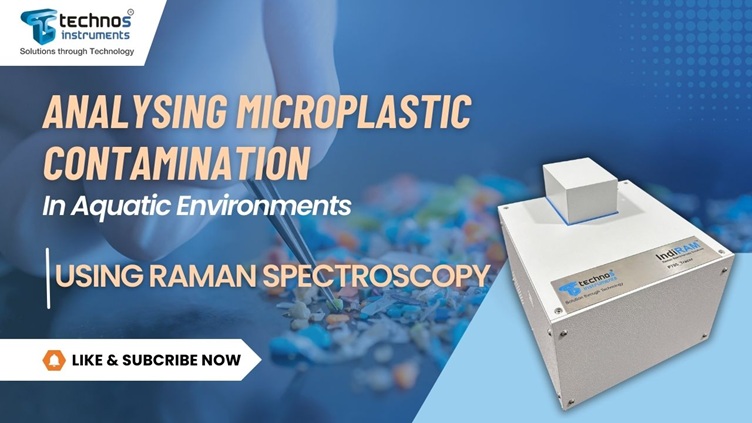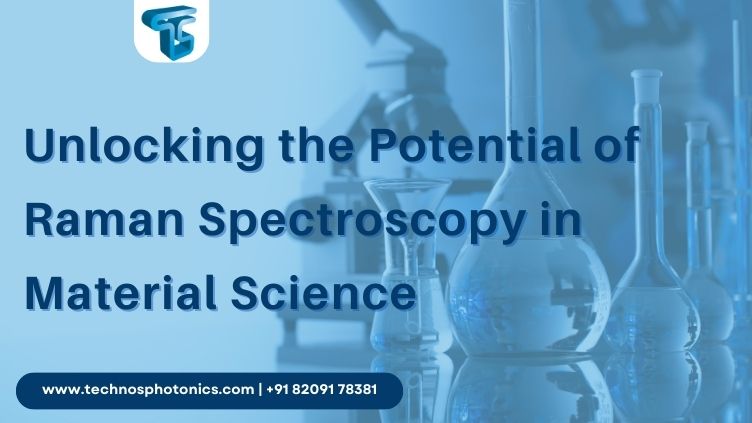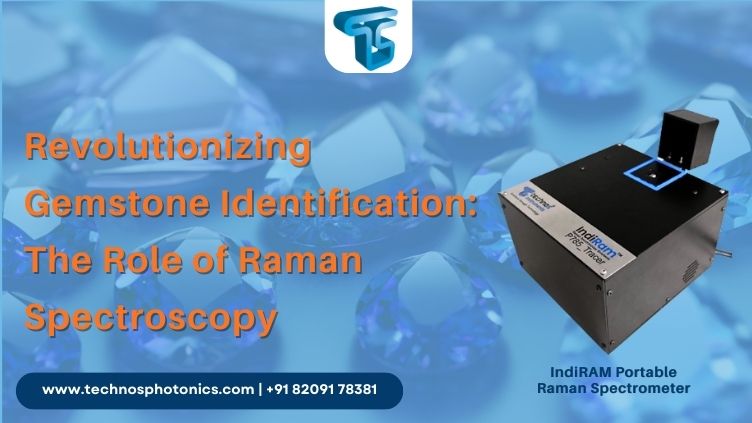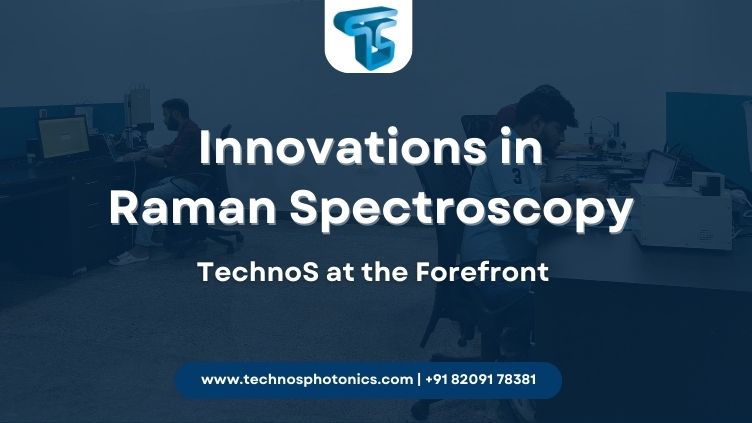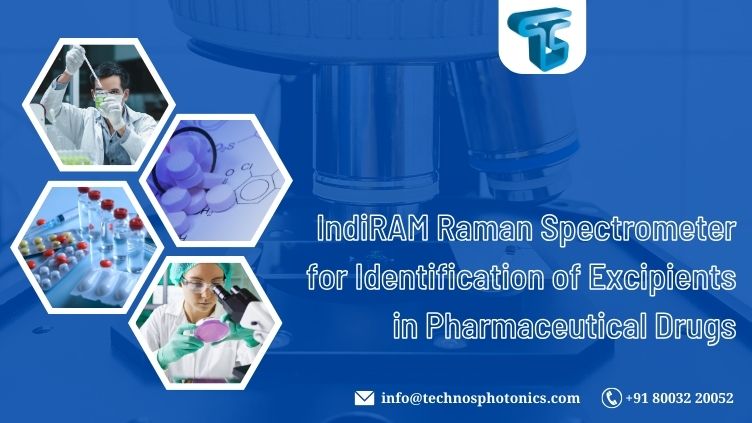The Evolution of Raman Spectroscopy: From Theory to Practical Applications
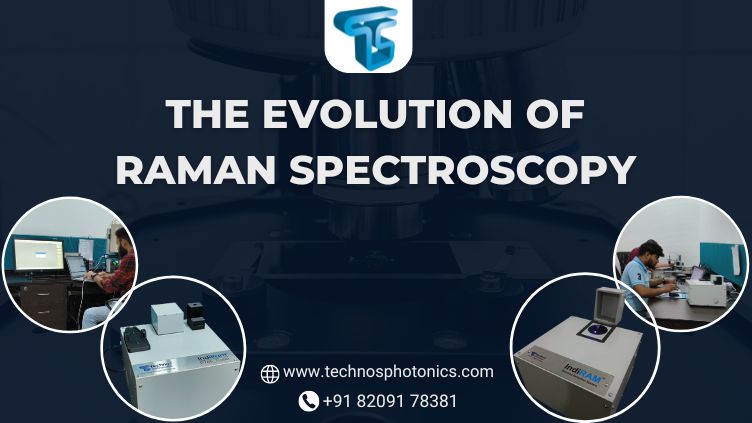
In the realm of scientific exploration, few techniques have undergone as remarkable an evolution as Raman spectroscopy. From its theoretical inception to its practical applications across diverse industries, Raman spectroscopy has emerged as an indispensable tool for chemical analysis, materials science, pharmaceuticals, biomedical research, forensic investigations, environmental monitoring, art and archaeology, food and beverage industry, nanotechnology, and geological analysis.
Unveiling the Spectrum of Possibilities
Raman spectroscopy, named after the Indian physicist Sir C.V. Raman who discovered the phenomenon in 1928, revolves around the interaction of light with matter. Unlike traditional spectroscopic methods, Raman spectroscopy harnesses the inelastic scattering of photons to provide a unique fingerprint of molecular vibrations within a sample. This non-destructive technique has revolutionized the way researchers analyze and characterize materials across a spectrum of applications.
Key Applications Explored
Chemical Analysis:
Raman spectroscopy enables precise identification and quantification of chemical compounds, making it invaluable in chemical analysis across various industries. From quality control in manufacturing processes to detecting impurities in pharmaceuticals, its high specificity and sensitivity empower researchers with unparalleled insights.
Material Science:
In material science, Raman spectroscopy serves as a powerful tool for investigating the structural and compositional properties of materials. Whether analyzing polymers, ceramics, or nanomaterials, researchers can elucidate molecular structures, phase transitions, and crystal orientations with exceptional accuracy.
Pharmaceuticals:
The pharmaceutical industry relies on Raman spectroscopy for drug development, formulation analysis, and quality assurance. Its ability to rapidly analyze complex mixtures and detect subtle molecular changes ensures the safety and efficacy of pharmaceutical products.
Biomedical Applications:
In biomedical research, Raman spectroscopy has emerged as a non-invasive technique for studying biological samples at the molecular level. From diagnosing diseases to monitoring cellular processes, its applications span from cancer detection to drug delivery monitoring, offering new avenues for personalized medicine.
Forensic Science:
Forensic investigators utilize Raman spectroscopy to analyze trace evidence, identify unknown substances, and link suspects to crime scenes. Its sensitivity to even small amounts of material makes it an invaluable tool for criminal investigations.
Environmental Monitoring:
Raman spectroscopy plays a crucial role in environmental monitoring by analyzing pollutants, monitoring air and water quality, and identifying contaminants in soil and sediments. Its rapid analysis capabilities facilitate real-time monitoring of environmental parameters, aiding in conservation efforts and sustainable development.
Art and Archaeology:
Art conservators and archaeologists employ Raman spectroscopy to analyze pigments, identify counterfeit artworks, and study ancient artifacts. By characterizing the chemical composition of materials, researchers gain insights into the cultural heritage and historical significance of art and archaeological objects.
Food and Beverage Industry:
In the food and beverage industry, Raman spectroscopy ensures product quality and safety by detecting contaminants, monitoring ingredient composition, and identifying adulterants. Its non-destructive nature allows for on-site analysis, facilitating quality control throughout the production process.
Nanotechnology:
Raman spectroscopy is instrumental in advancing nanotechnology by characterizing nanomaterials, studying nanostructures, and monitoring nanoscale processes. Its high spatial resolution and sensitivity enable researchers to explore the unique properties of nanomaterials for diverse applications, from electronics to healthcare.
Geological Analysis:
Geologists rely on Raman spectroscopy to analyze minerals, rocks, and geological samples with unparalleled precision. By identifying mineral compositions and studying geological processes, researchers gain insights into Earth's history, environmental changes, and resource exploration.
TechnoS Instruments: Pioneering Raman Spectroscopy Solutions
At the forefront of this technological revolution stands TechnoS Instruments, a pioneering Indian company specializing in Raman spectroscopy and related R&D as well as industry solutions. With a commitment to innovation and excellence, TechnoS Photonics has developed a range of high-quality Raman spectroscopy solutions tailored to diverse user needs. From advanced spectrometers to portable devices, their cutting-edge technology empowers scientists, researchers and end-users across industries to unlock new frontiers of knowledge and discovery.
Conclusion
As we reflect on the evolution of Raman spectroscopy, from its theoretical foundations to its myriad practical applications, it becomes evident that this transformative technique continues to shape scientific innovation across disciplines. With its versatility, sensitivity, and precision, Raman spectroscopy remains an indispensable tool for unravelling the mysteries of the microscopic world and driving progress in fields ranging from chemistry and materials science to healthcare and environmental science.


